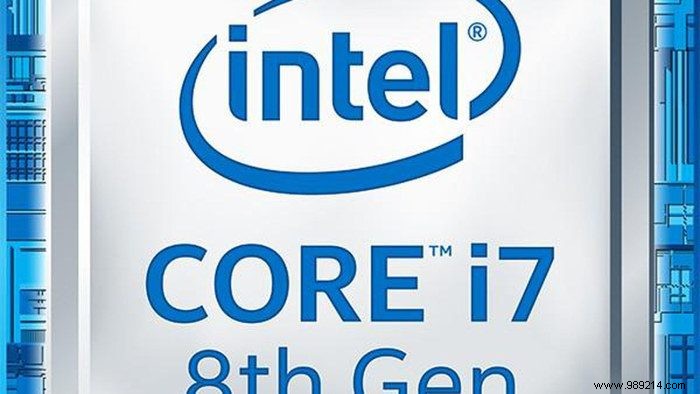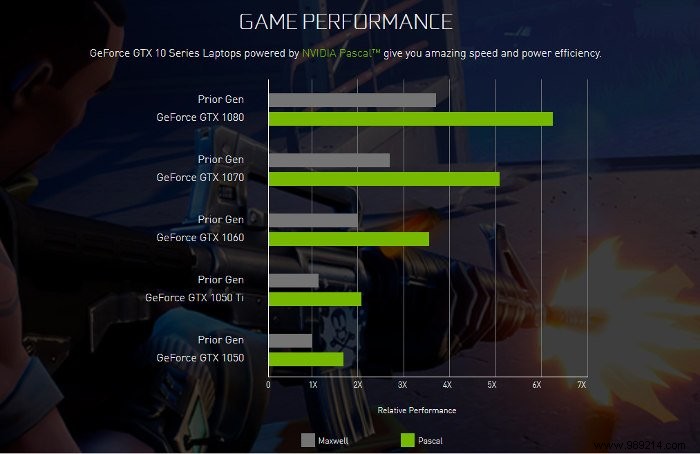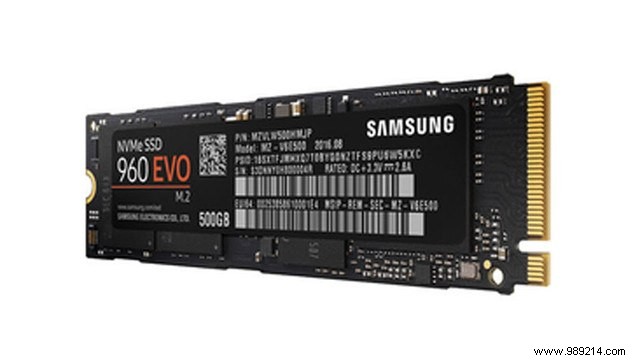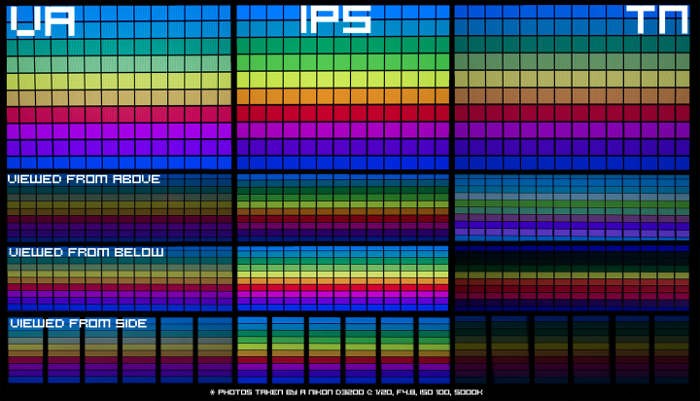There are so many things to think about when buying a laptop. What do you want to do with it? How can I do it fast ? You probably know by now that SSDs destroy HDDs in terms of performance, but what about the new SSD variants that have appeared in recent years?
ContentsPortsCPUIntelligenceDMLAGPUNvidiaDMLAHard disk/SSDDisplayConclusionYou need a guide to buying a laptop, in other words, and we've duly delivered one. Read on to find out what to consider when buying a new laptop.
HDMI: Gradually becoming a "veteran" format, HDMI remains the best way to connect your laptop to an HD monitor or TV. HDMI ports should be considered essential for most people, but be aware that some thin laptops may not have them.

Mid-range Intel processors start in the i5 and i7 range, while the i3 is a cheaper dual-core chip that still offers hyper-threading (crucial for multitasking).
The difference between i5 and i7 processors is that the latter has increased cache, better hyperthreading and faster turbo boost technology, although beyond that an i7 could still technically be a weaker processor than an i5.
To help you decipher the names of Intel processors, take a look at the image below, taken from the Intel website.

The first digit after the mark modifier – 6, 7, 8, etc. – tells you what generation of processor it is. The higher the number, the more recent the generation, so the more efficient the on-board technology will be. 7th Gen "Kaby Lake" processors, for example, are somewhat more power efficient than 6th Gen "Skylake" processors, although there are so many varieties of 6th and 7th Gen processors that the newer one doesn't. t necessarily be faster.
More meaningful in terms of raw power is the suffix after the numbers, which tells you whether the processor is “Ultra-low power” (U), for example, or high-performance graphics with a quad-core (HQ) processor. You can find all the details on Intel's website.

The most powerful representative of AMD's mobile processors is the Ryzen line. Numerous tests suggest that the Ryzen beats equivalent Intel processors, offering much better value for money if you're looking for multithreaded (multitasking) performance. Ryzen 7 processors rival the Intel i7 line with their high-end multi-threading, while Ryzen 3 and Ryzen 5 rival the Intel i3 and i5 respectively.
At the bottom of the scale, you have the A-series of processors and the low-power E-series. While the A-series is competent for its price and will support low-end games, the E-series is comparable to Intel Celeron and is best used for basic tasks.
First of all, if you're not a gamer, the onboard graphics integrated with an Intel or AMD processor will be more than enough for most day-to-day tasks (although video editors may want at least a dedicated mid-range GPU). range). As we mentioned earlier, Intel's lineup of processors with Radeon RX Vega mobile GPUs are good if you're looking for a decent graphics bump.
With that in mind, here are the things to watch out for with the two main laptop GPU brands, AMD and Nvidia.

The Nvidia lineup is pretty easy to categorize. Most modern laptops using an Nvidia GPU will likely use one from the "10" series (1080M, 1070M, 1060M, 1050M/Ti) which uses the Nvidia Pascal architecture as opposed to the latest generation Maxwell architecture. This makes them much cooler and more energy efficient for performance equivalent to the previous generation "9" series.
At the very top of the range you have the GTX 1080M and 1070M, although the price jump of several hundred dollars for a 1080M may not justify the performance boost you get over a 1070M, depending on your budget of course. Both of these GPUs are a big improvement over the mid-range GTX 1060M and 1050M. If you choose a GTX 1050, consider the “Ti” variant, which boosts VRAM from 2GB to 4GB at little extra cost.
AMD has boldly packed a desktop GPU, the RX Vega 56, into some recent gaming laptop models, but beyond that they lag behind Nvidia a bit graphically. That should change when they release their "Vega Mobile" dedicated GPUs, which are expected to compete with Nvidia's "10" series.
In the meantime, the latest generation of Radeon mobile GPUs are the M400 series, although in reality many of them are just rebranded versions of the M300 series, so don't be fooled! These are mid-range GPUs and pretty outdated at this point, so you're better off sticking with Nvidia or waiting for AMD's RX Vega line to hit laptops.

Anyone who's used an SSD will know that comparing it to an old-school hard drive (including fancy "hybrid" drives) is like comparing day and night. If you're a light PC user on a budget, an HDD might suffice for raw file storage (you get a lot more storage for your money), but higher-intensity users would do well to get an SSD even at the cost of storage capacity.
At this point, there are also variations in the SSD. Look for SSDs labeled "M.2" and "NvMe", which condense the SSD form factor into a lightweight chip that plugs directly into your motherboard. An NvMe SSD is the fastest form of SSD using your motherboard's PCI-Express lanes instead of the slower SATA lanes. These tend to be a bit more expensive, however.

It doesn't cost a bomb to get HD (1920×1080) resolutions on your laptop these days, and for anyone who works with multiple windows and needs a lot of on-screen information at once, this should be a minimum. Anything below the budget/casual range of use.
Another big thing to watch out for is TN versus IPS, with IPS delivering far superior colors and viewing angles. The difference in quality is, like HDD and SSD, night and day. IPS is really that good.
Gamers, meanwhile, would do well to get a laptop with Nvidia G-Sync or AMD Freesync display technology. This dynamically adapts the screen's refresh rate to your game's frame rate, ensuring smooth performance with minimal latency and tearing.
This should get you started in your search for a new laptop. Especially with CPUs, remember that there are huge variations between CPUs, so be sure to get feedback and comparisons at the excellent User Benchmark site to get a clearer picture. .